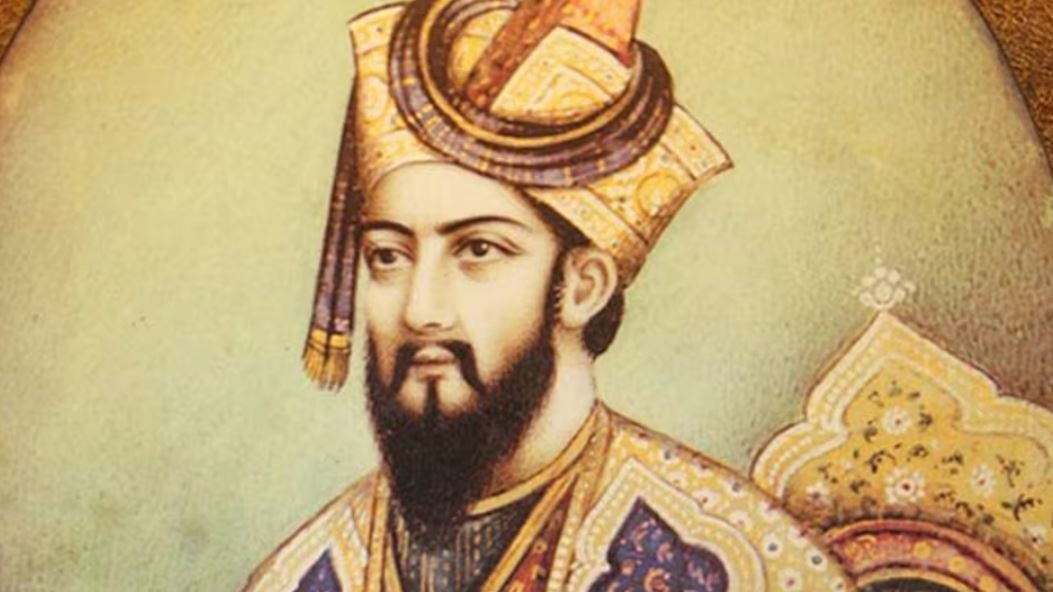Why Mughal Emperor Babur was buried again in Kabul after Agra, know the reason – why was mughal Emperor Babur Reburied in Kabul after agra know the reason ntcpan
Controversy has arisen over the Mughal emperor Aurangzeb in the entire country including Maharashtra. People demand that the grave of Aurangzeb in Khuldabad, Maharashtra be shifted elsewhere. Khuldabad is located in Sambhaji Nagar district of Maharashtra which was earlier known as Aurangabad. However, apart from this dispute, there was also a Mughal emperor who was buried twice after death and his grave was shifted from Agra to Kabul.
Babur was the founder of the Mughal Empire
In India, the founder of the Mughal Empire and the first emperor Babur established the Mughal Empire in the country in 1526. However, Babur died in 1530, however. The Mughal descendants of Babur ruled India for nearly 300 years. But his first king Babur was finally buried in Kabul after his death.
Also read: Aurangzeb in Aurangabad … where were Babur, Akbar, Jahangir?
At the age of 45, Mughal Emperor Babur died on 26 December 1530 in Agra and was buried in Aram Bagh. It is the oldest Mughal garden in India, which was built by Babur in 1528. However, before death, Babur had expressed his wish that he should be buried in Kabul and his grave should be made there. Babur’s son Humayun could not fulfill his father’s wish and he was temporarily buried in the rest of the Yamuna on the banks of the Yamuna.
14 years after death again buried
About 14 years after the death, Babur’s last wish was fulfilled in 1544 and was buried again at Bagh-e-Babar in Kabul. Like Aram Bagh, this garden was built by Babur himself after winning Kabul in 1504. During the rule of Hindustan, Babur used to remember his country again and again and this is also recorded in his autobiography. Perhaps this was the reason that he had expressed his desire to be buried in Kabul.
According to UNESCO report, the body of Mughal emperor Babur was brought to Bagh-e-Babar around 1544 by his widow. One of the reasons for choosing Bagh-e-Babar was that the region was used as a cemetery during Babur’s ancestors. The Bagh-e-Babar in Kabul became a symbol of honor in Kabul as a garden of the mausoleum of the founder of the Mughal dynasty. For about 150 years, his successor, especially Jahangir and Shah Jahan expressed their respect at Babur’s tomb and according to the trend, they also got many constructions to preserve and beautiful the garden.
The grave is built in Bagh-e-Babar
Bagh-e-Babar is situated on the slopes of Kuh-e-Sher Darwaza in the south-west of the old city of Kabul. This garden is spread over about 11.5 hectares, with 15 roofs in addition to one main gate. Tourists coming here from the top roof see a spectacular view of the snow -covered mountains across the Kabul river besides the garden and its wall.
Who was Zaheeruddin Muhammad Babur
Mughal emperor Babur ruled India from 1526 AD to 1530 AD. Babur was the fifth of Timur on behalf of his father and the fourteenth descendant of Genghis Khan from his mother. Babur’s father Umrashekh Mirza was the ruler of a small state named Fergana and on 8 June 1494 AD became the ruler of Babur Fargana. Babur assumed the title of Emperor in 1507 AD, which was not yet received by any Timur ruler. He had mastered Persian language. He founded the Mughal dynasty after defeating Ibrahim Lodi, the last dynasty (Lodi dynasty) of Delhi Salna in Panipat in 1526 AD.
Also read: Aurangzeb’s grave neither Delhi, nor Aurangabad … but why in the city of Khuldabad?
Babur invaded India several times, including Rana Sanga in Khanwa, Medni Rai in Chanderi, defeating Afghans in Ghaghra. After winning the war, Babur was awarded titles like Kalander and Ghazi. After Babur, his son Humayun carried forward the Mughal dynasty.
(Tagstotranslate) mughal dynasty






